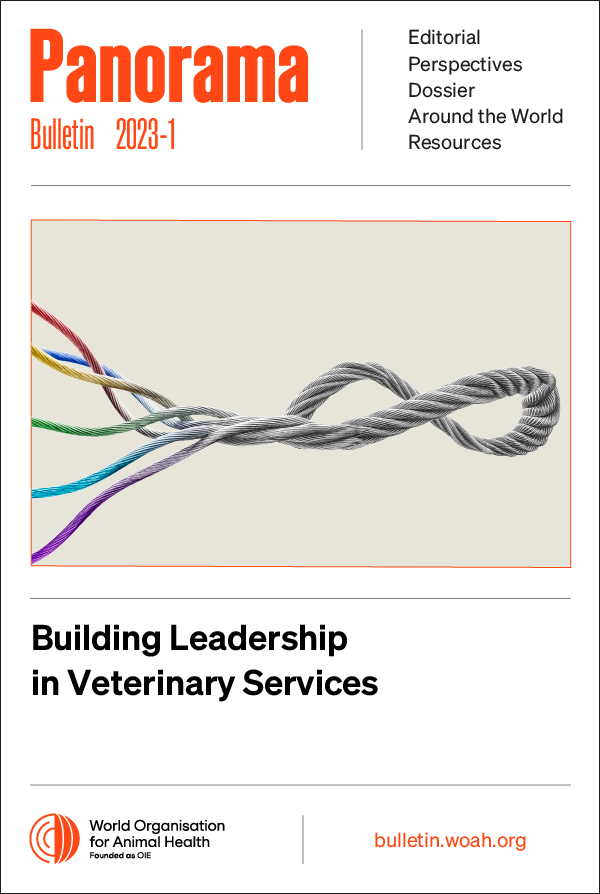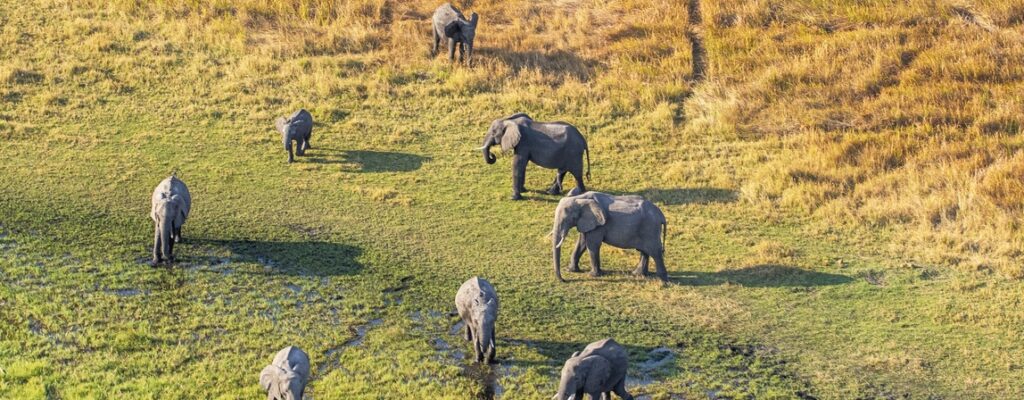Perspectives Posted on 2023-03-01 16:15:59
WOAH actions
From Laboratory Missions to Twinning Projects
A way forward for sustainable laboratory networks
Keywords
Authors
Jennifer Lasley (1)*, Camilla Caraccio (2), Mariana Marrana (3) & Valentyna Sharandak (1)
(1) Capacity-Building Department, World Organisation for Animal Health (WOAH).
(2) Communication Department, World Organisation for Animal Health (WOAH).
(3) Preparedness and Resilience Department, World Organisation for Animal Health (WOAH).
Corresponding author: J. Lasley.
In the PVS Pathway Sustainable Laboratories Missions, PVS Experts help WOAH Members to evaluate their need for laboratory services, the costs of delivering those services, and any problems with their sustainability. The task of the PVS Experts is then to propose suitable recommendations for action. Through its Sustainable Laboratories Initiative, and thanks to support from Global Affairs Canada, WOAH is using these data to highlight areas where more investment is required.
The data show that, for laboratory networks to provide relevant, accurate and timely results to the health system, countries must understand their overall laboratory capacity, their ability to respond to their health system’s needs, and the real costs of such a response, as well as having a sustainable business model in place [1].
Overall Laboratory Capacity
Countries are using only a fraction of their potential capacity: laboratories in the cohort are currently using between 30% and 51% of their potential annual testing capacity based on equipment and human resources.
Responding to clients’ needs
Public laboratories view their main clients as the government (44%) and private veterinarians and smallholder farmers (19%), but fall short of meeting the needs of the private sector (21%).
The real costs of laboratory analysis
On average, it costs 59% more to provide laboratory services within a country than to send samples to international reference laboratories. Moreover the quality of services provided within each country may vary considerably.
Sustainable business model
Among the cohort, 38% of laboratories charged fees for testing to private-sector clients, and 21% to the public sector, but only 13% of laboratories can use their revenue directly. Moreover, given that only 40% of laboratories have cost-accounting systems, the fees charged are seldom based on real costs.
The way forward
Without a change in approach, laboratory networks will not be able to fulfil their role in national health systems or improve health security.
Interventions should balance technical assistance with management, business and strategy interventions, in order to build a culture based on quality, sustainability and good business practice. Laboratories must link infrastructure to demand and insist on accountability beyond a five-year landscape.
WOAH is focusing its capacity-building approach for animal health laboratories on sharing insights with its stakeholders to inform their decision-making. It is also conducting an impact review of the Laboratory Twinning Programme, to better understand its benefits.
| The Laboratory Twinning Programme enables WOAH to use its network of Reference Laboratories and Collaborating Centres to assist institutes who wish to improve their capacity and scientific expertise. The aim is to strengthen national and regional laboratory capabilities for the benefit of countries and their region. |
| The National Veterinary Research Institute of Vom, in Central Nigeria, is a prominent facility that conducts pioneering research into the diagnosis, treatment and control of economically important diseases in its country. Nigeria has requested a Sustainable Laboratories Mission. Dr Maryam Muhammad, the Institute’s Director, believes that sustainability is a major factor contributing to gender equality in science-related environments [2]. ‘Investing in sustainable laboratories will improve the lives of women,’ she says, by granting women in the biological threats reduction field a safe space where they will be empowered to pursue their careers and make a significant contribution to their communities. |
https://doi.org/10.20506/bull.2023.1.3376
References
- World Organisation for Animal Health (WOAH) (2022). – PVS Sustainable Laboratories Cohort Analysis.
- World Organisation for Animal Health (WOAH) (2022). – ‘Science is an adventure’: enhancing gender equality to foster development in Nigeria.












